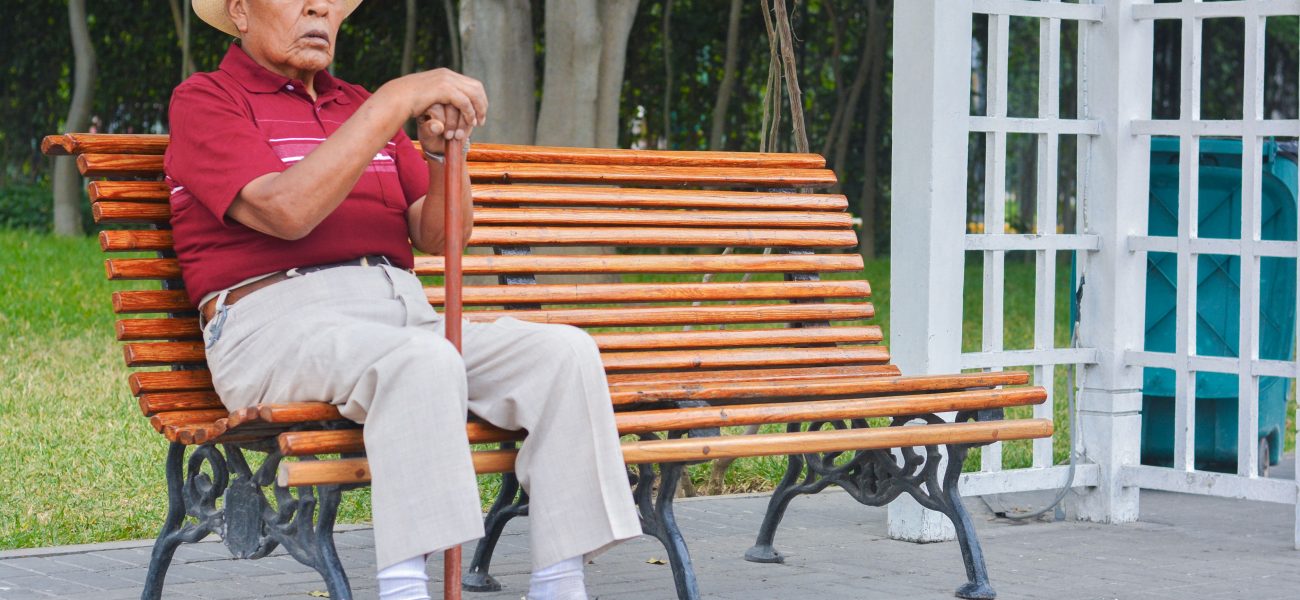Stress Incontinence vs Urge Incontinence
Did you know that Incontinence is a medical problem and a group of disorders that affects between 4% and 8% of the population, or around 400 million individuals globally. Unfortunately, because this delicate subject can create humiliation, most people avoid discussing it with their healthcare practitioners.
Incontinence is classified into two types: stress urinary incontinence and urge urinary incontinence. Some people experience a mixture of the two forms, which is known as mixed urine incontinence.
Stress Incontinence
You probably have stress incontinence if you leak a little pee when you laugh, cough, or run a few miles on the treadmill. This sort of incontinence happens when your pelvic floor is overstressed, and the muscles that support your bladder and urethra aren’t strong enough to keep pee from spilling out.
In women, stress incontinence is fairly prevalent. Not only does the physical stress of pregnancy and childbirth affect your pelvic floor, but many women have vaginal atrophy as they approach and enter menopause. Vaginal atrophy causes the walls of your vagina to thin, dry, and weaken, reducing the support provided to your pelvic floor even further.
Urge incontinence
Urge incontinence, also known as hyperactive bladder, is characterised by an acute and desperate need to pee, even when there isn’t much urine in your bladder. If you don’t go to the restroom soon enough, you may spill some pee.
When your detrusor (bladder muscle) contracts, you get the need to urinate. In a healthy bladder, this happens when your bladder is full. Urge incontinence, on the other hand, causes your bladder muscle to contract before your bladder is full. This might be due to aberrant nerve activity, muscular spasms, or another recognised — or unknown — cause.
If you are having incontinence, you must consult with your doctor without feeling humiliated. The sooner your problem is identified and treatment is initiated, the faster your symptoms will resolve.
FAQ’s
2. What are the main causes of stress incontinence?
Stress incontinence is caused by a loss of support in the muscles and tissues that hold the bladder and urethra in place. Common causes include pregnancy and vaginal childbirth, which can stretch or weaken pelvic muscles. Aging is another factor, as muscle strength naturally decreases over time. Obesity can also increase pressure on the bladder. Surgery in the pelvic area, like hysterectomy, may affect muscle control too. Chronic coughing from smoking or lung issues can make it worse. Even physical activities that put pressure on the abdomen, such as running or lifting heavy items, can trigger leaks. Stress incontinence isn’t about mental stress—it’s about physical pressure. By strengthening pelvic muscles with exercises, maintaining a healthy weight, and avoiding triggers, many people can improve symptoms and reduce leakage episodes.
3. What causes urge incontinence?
Urge incontinence happens when the bladder muscles contract too often or at the wrong times, leading to a sudden, strong urge to urinate. This overactivity can be caused by nerve damage, infections, bladder inflammation, or certain health conditions like diabetes or stroke. Drinking too much caffeine or alcohol may also irritate the bladder, increasing urgency. In some cases, the cause isn’t clear, but the bladder becomes oversensitive. Emotional stress or anxiety may worsen symptoms, though they don’t directly cause it. Older adults are more likely to develop this condition due to changes in bladder function with age. Treatments usually involve lifestyle changes, bladder training, or sometimes medicines that calm bladder muscles. Recognizing triggers and practicing good bladder habits can help reduce episodes and make daily life more manageable.
4. Can someone have both stress and urge incontinence?
Yes, it’s possible to have both stress and urge incontinence at the same time. This condition is called mixed incontinence. It combines symptoms of both types—leaking when there’s pressure on the bladder (like sneezing or exercising) and sudden, uncontrollable urges to urinate. Mixed incontinence is more common in older adults and women after childbirth or menopause. Because it involves two different causes, treatment may need to target both. Pelvic floor exercises can help strengthen bladder support, while bladder training may improve urgency control. In some cases, doctors may suggest medicines to relax bladder muscles or lifestyle changes like adjusting fluid intake and avoiding bladder irritants. Managing mixed incontinence takes time and patience, but with the right approach, many people see improvement and feel more confident in their daily activities.
5. How can stress incontinence be managed at home?
Managing stress incontinence at home starts with strengthening the pelvic floor muscles. Exercises like Kegels can help improve bladder support and reduce leaks. Maintaining a healthy weight is important, as extra weight puts pressure on the bladder. Avoiding heavy lifting or learning safe lifting techniques can also help. Reducing caffeine and alcohol intake may prevent bladder irritation. Wearing supportive incontinence products can keep you dry and confident during daily activities. It’s also helpful to schedule bathroom trips and empty the bladder regularly to reduce leaks. If coughing or sneezing worsens the condition, treating chronic cough or using support during these actions may help. Home management can greatly improve symptoms, but for long-term relief, combining these steps with professional advice provides the best results for most people.
6. How is urge incontinence treated?
Urge incontinence treatment focuses on calming the overactive bladder muscles. Bladder training is one of the first steps—it helps you gradually increase the time between bathroom visits and regain control. Limiting caffeine, alcohol, and carbonated drinks can reduce bladder irritation. Drinking water in small amounts throughout the day rather than all at once may also help. Doctors may recommend pelvic floor exercises to strengthen bladder support. In some cases, medications are prescribed to relax the bladder muscles and prevent sudden urges. Keeping a bladder diary to track patterns can help identify triggers. If lifestyle changes and medicines don’t work, other options like nerve stimulation or Botox injections into the bladder may be considered. Early treatment helps prevent symptoms from interfering with daily life, making it easier to stay active and confident.
7. When should you see a doctor about bladder leaks?
If bladder leaks are affecting your daily life, it’s important to see a doctor. Leaks that happen often, even in small amounts, may be a sign of stress or urge incontinence. Sudden changes in bladder habits, frequent urges, pain while urinating, or blood in the urine also need medical attention. These symptoms could point to infections or other conditions that need treatment. If incontinence is keeping you from social activities or causing emotional stress, it’s worth seeking help. Doctors can identify the type of incontinence and suggest the right treatment—whether it’s exercises, medicines, or lifestyle changes. The sooner you get help, the easier it is to manage symptoms and prevent them from getting worse. Remember, incontinence is common and treatable, so there’s no need to feel embarrassed about asking for help.
8. Are there lifestyle changes that help with both stress and urge incontinence?
Yes, certain lifestyle changes can help manage both stress and urge incontinence. Maintaining a healthy weight reduces pressure on the bladder and pelvic muscles. Limiting bladder irritants like caffeine, alcohol, and spicy foods may ease urgency. Quitting smoking helps reduce chronic coughing, which worsens stress incontinence. Scheduling bathroom breaks (timed voiding) can help train the bladder and prevent sudden leaks. Regular pelvic floor exercises strengthen the muscles that control urination. Wearing absorbent products can provide extra protection and boost confidence while managing symptoms. Drinking enough water is important, but it’s best to spread intake evenly throughout the day instead of drinking large amounts at once. Combining these simple changes can significantly reduce episodes of leakage and improve bladder control over time, helping you live more comfortably and confidently.
9. Can exercise worsen incontinence?
Some exercises can trigger bladder leaks, especially in people with stress incontinence. Activities like running, jumping, or heavy lifting put extra pressure on the bladder and pelvic floor muscles, increasing the chance of leaks. However, avoiding exercise isn’t the solution. Instead, low-impact activities like walking, swimming, or yoga can help maintain fitness without putting too much strain on the bladder. Strengthening exercises, especially pelvic floor workouts, can improve bladder control over time. It’s also important to wear supportive pads or products during workouts to prevent discomfort. If exercise often causes leaks, consulting a doctor or physiotherapist for a tailored fitness plan can be helpful. With the right adjustments, you can stay active and manage incontinence effectively without giving up on physical activity or your overall health goals.
10. Are incontinence products helpful for managing daily life?
Yes, incontinence products can be very helpful in managing daily life for people with stress or urge incontinence. These products include absorbent pads, pant-style diapers, and protective underwear designed to prevent leaks and keep you dry. They offer comfort and confidence, making it easier to continue work, social activities, or exercise without worrying about accidents. Many are discreet and designed for all-day use, so you can go about your routine without discomfort. While they don’t treat the root cause, they provide a practical solution for managing symptoms. Combining products with medical advice, pelvic floor exercises, and lifestyle changes creates a complete approach to managing incontinence. Using these products is nothing to be embarrassed about—they’re a helpful tool for living an active and independent life while addressing bladder concerns.






















